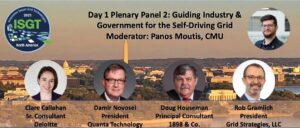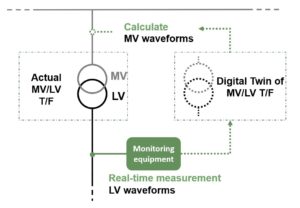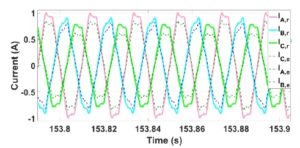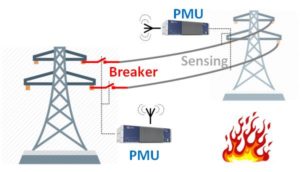May 2023

I am ecstatic to announce that on Aug. 1st I will be joining the Dept. of Electrical Engineering within the Grove School of Engineering at the City College of New York (CCNY), as Assistant Professor. It is amazing to join an Institution with 175 years of history, founded as the first tuition-free college in the US (until 1976), and which still strives to provide wider access to higher education for all. Two units within CCNY have been named after notable alumni, who decisively redefined their course with their donations and leadership: the Colin Powell School for Civic and Global Leadership (after the first African American Sec. of State) and the Grove School of Engineering (after one of Intel’s founding members & CEO, Andrew Grove). At CCNY, I will establish the Digitalized Electric Grid Innovations, Developments & Applications Laboratory (DEgIDAL). DEgiDAL will focus on how data-sets of historical records and real-time synchronized measurements can inform renewable energy pricing, grid stability and protection, and equitable access to electricity of high power quality for all.
I am grateful to everyone at Carnegie Mellon University for 6 wonderful years as postdoc and special faculty, and for enabling me to take on important roles within the US energy space. My postdoc advisors Profs. Gabriela Hug and Soummya Kar trained me thoroughly in power system optimization. Prof. Jay Whitacre involved me in breakthrough research on battery storage planning. Profs. Jay Apt, Paul Salvador, Barry Rawn, Sevin Yeltekin and Willem van Hoeve inspired me and supported me in developing and teaching 5 courses, and in advising more than a dozen MSc students from the College of Engineering and the Tepper School of Business.
Undoubtedly, this immensely joyful milestone would have been impossible without the strong Electrical & Computer Engineering foundations I received at my alma mater, the National Technical University of Athens (NTUA), Greece. In the form of gratitude I will refer specifically to two exquisite people that defined my path at NTUA. Firstly, my PhD+MSc advisor, the tireless and all-round power systems scholar Prof. Nikos Hatziargyriou, taught me most of what I know and was the ‘charge’ of my academic journey across the Atlantic. Secondly, Prof. Timos Sellis, a bright beacon of databases’ expertise, was the one who infused me with the passion for artificial intelligence and machine learning through data mining.
Lastly, I want to thank Drs. Giannis Bourmpakis, Kyri Baker, Constance Crozier, Jeff Wischkaemper, Mads Almassalkhi and Javad Mohammadi, and Profs. Fran Li, David Infield, Barry Rand, Luigi Vanfretti, Costa Samaras and Antonio Conejo for advising and encouraging me in the past couple of years of my faculty job search. The process was tough, sometimes dubious (if not outright scandalous in a few cases), but the support from these people kept me going!
In a few months I will be recruiting for 3 fully-funded PhD positions to join DEgIDAL. Stay tuned & reach out.
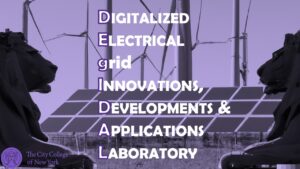
Respice. Adspice. Prospice.
